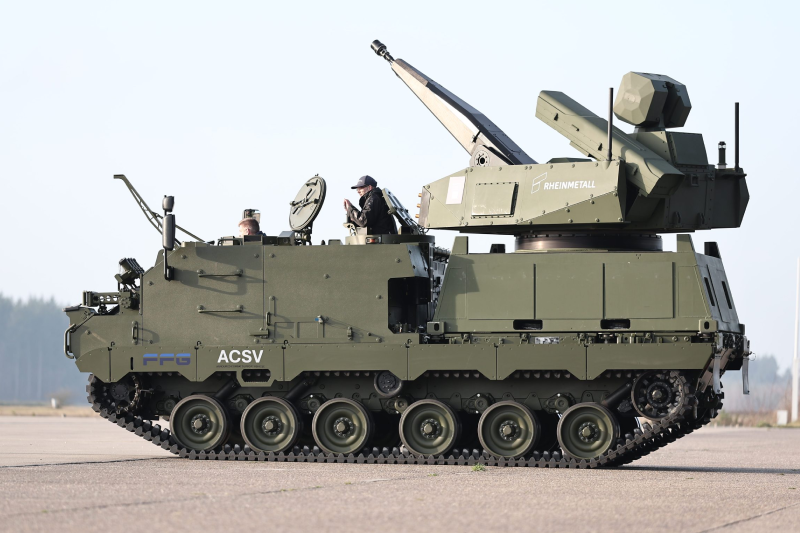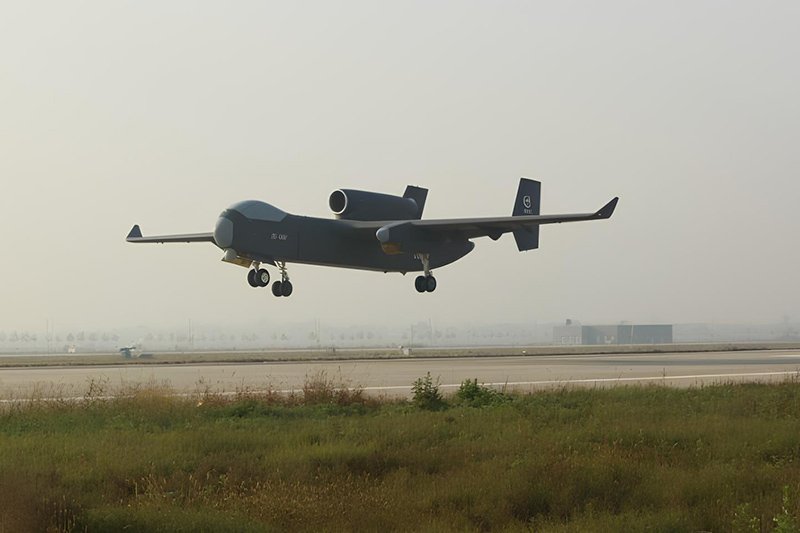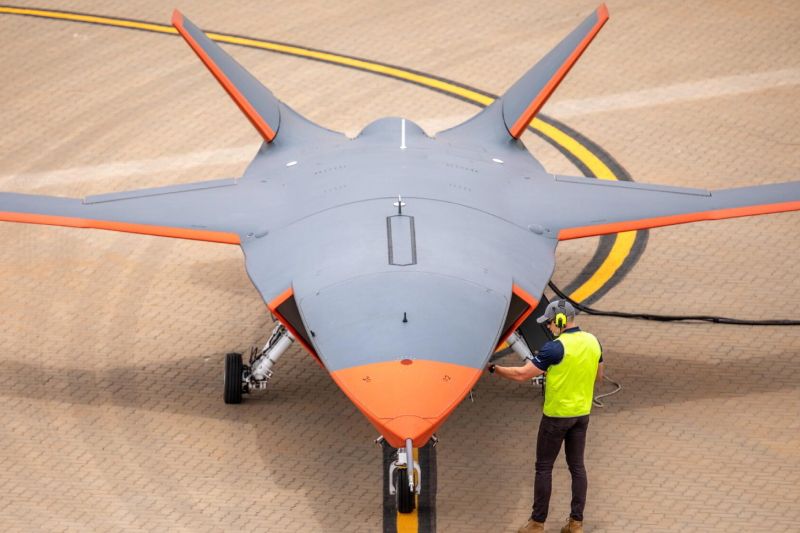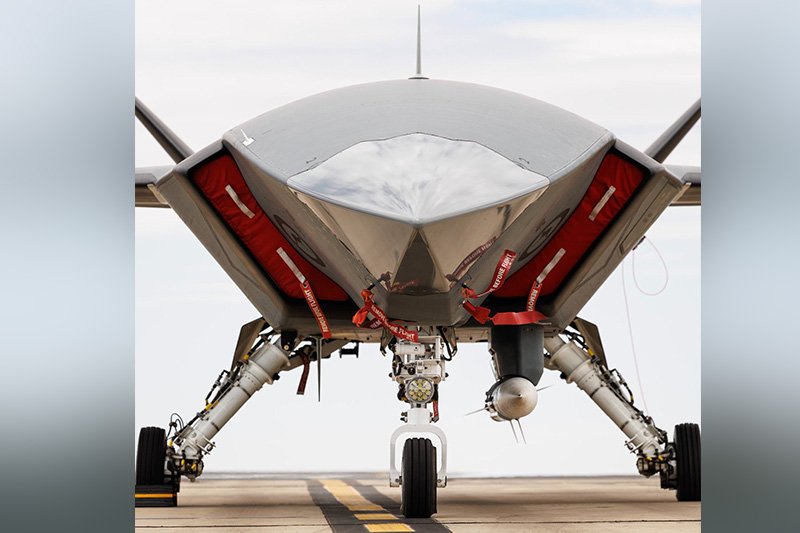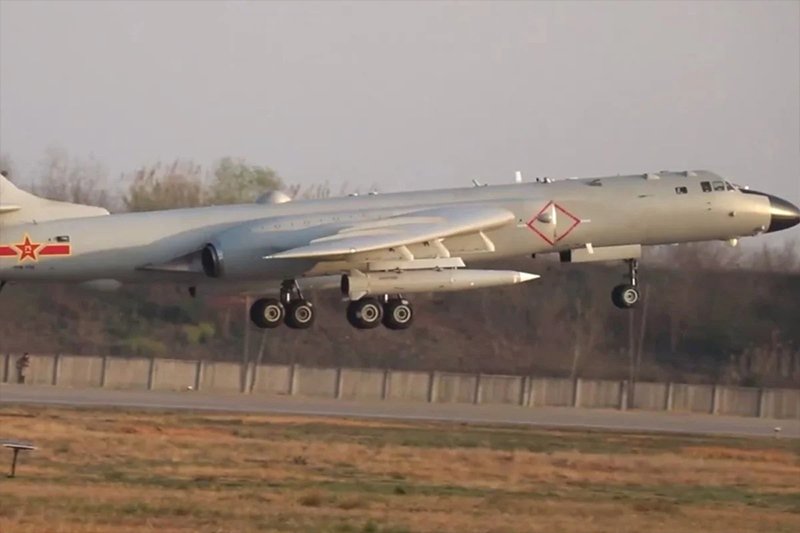China’s KD-21 Air-Launched Ballistic Missile Now Operational
China’s KD-21 air-launched ballistic missile (ALBM) appears to be operational with frontline units of the People’s Liberation Army Air Force (PLAAF). Photos show H-6K bombers from the 10th Bomber Division carrying pairs of these missiles under their center-wing pylons during what seems to be a military exercise. This marks a significant development since the weapon’s public debut at Airshow China in November 2022.
Strategic Significance
The 10th Bomber Division’s 29th Air Regiment operates from Anqing in Anhui province as part of China’s Eastern Theater Command a strategically crucial position given its proximity to Taiwan and the East China Sea. The aircraft in the images display the characteristic 20x1x code sequence associated with this unit, confirming their operational status.
Evolution of the KD-21
When first unveiled at Airshow China in 2022, the missile bore the marking ‘2PZD-21.’ While initially thought to carry the YJ-21 designation (which would indicate an anti-ship role), it now appears designated as KD-21, suggesting a primary land-attack mission. This classification is particularly interesting as it differs from China’s typical YJ-series nomenclature for anti-ship weapons.
Test and Development
A video published in May 2024 showed what appeared to be a test launch of the KD-21 from an H-6K bomber, indicating the continued development of this capability. The KD-21 represents the latest in China’s growing arsenal of air-launched ballistic missiles, which have typically been developed with anti-ship capabilities in mind often referred to as “carrier-killers.”
Technical Assessment and Comparison
The KD-21 may be conceptually similar to Russia’s Kinzhal (AS-24 Killjoy) missile, which is launched from MiG-31 interceptors. Like the Kinzhal, which is derived from the ground-launched Iskander missile, the KD-21 appears to be an adaptation of the CM-401 anti-ship ballistic missile that can be launched from trucks or ships. The CM-401 reportedly achieves terminal speeds between Mach 4 and 6 and can target both maritime and land-based objectives.
Defensive Challenges
ALBMs present significant defensive challenges due to their hypersonic or near-hypersonic terminal velocity and steep descent angles. When combined with terminal phase maneuvering capabilities, these characteristics make them extremely difficult to intercept. Although high-end defense systems have shown some success against similar weapons like Russia’s Kinzhal in Ukraine, the KD-21 would likely be deployed as part of China’s layered anti-access/area-denial (A2/AD) strategy, alongside other missile types and drone strikes.
Regional Implications
The operational deployment of the KD-21 has significant implications for Taiwan scenarios and broader Indo-Pacific security. Even when launched from mainland China’s coast, these missiles could threaten targets on Taiwan’s eastern shore. The system enhances China’s ability to strike critical installations along the First Island Chain and deeper into the Pacific, providing an alternative to longer-range ground-launched ballistic missiles.
Broader Missile Arsenal
The KD-21 is not China’s only air-launched ballistic missile. A larger weapon known by the Western designation CH-AS-X-13 (possibly designated KF-21 by China) is carried by the specialized H-6N bomber variant. Pentagon assessments suggest this larger missile may be available in both nuclear and conventional variants, with potential configurations including warheads similar to the DF-21D anti-ship ballistic missile or equipped with hypersonic glide vehicles comparable to those on the DF-17.
Also read this: China Tests Hypersonic Afterburner, Doubling Thrust at Mach 6
Strategic Assessment
The operational fielding of the KD-21 underscores both the continued relevance of modernized versions of the H-6 bomber platform and China’s persistent efforts to expand and diversify its missile capabilities. This development represents another significant advancement in China’s already formidable A2/AD strategy and anti-ship capabilities, further complicating the defensive calculations of regional players and the United States in any potential Indo-Pacific conflict scenario.
Keep connected with us at Facebook, Twitter, YouTube, Instagram & TikTok for latest defense happening around the globe.
Discover more from International Defence Analysis
Subscribe to get the latest posts sent to your email.


